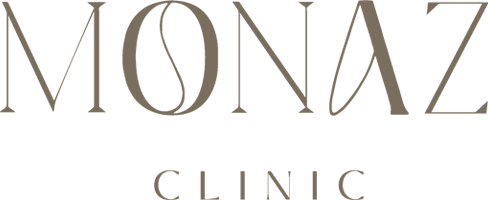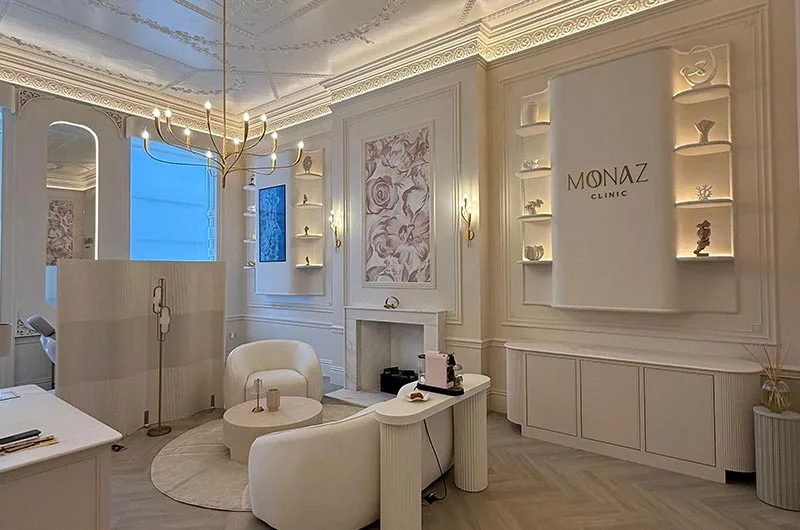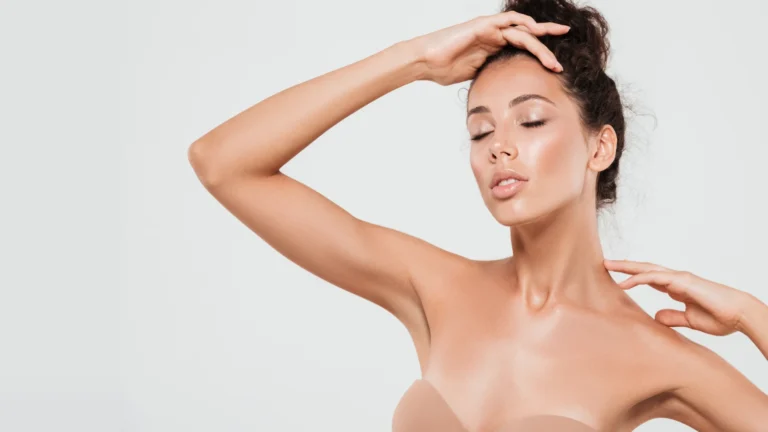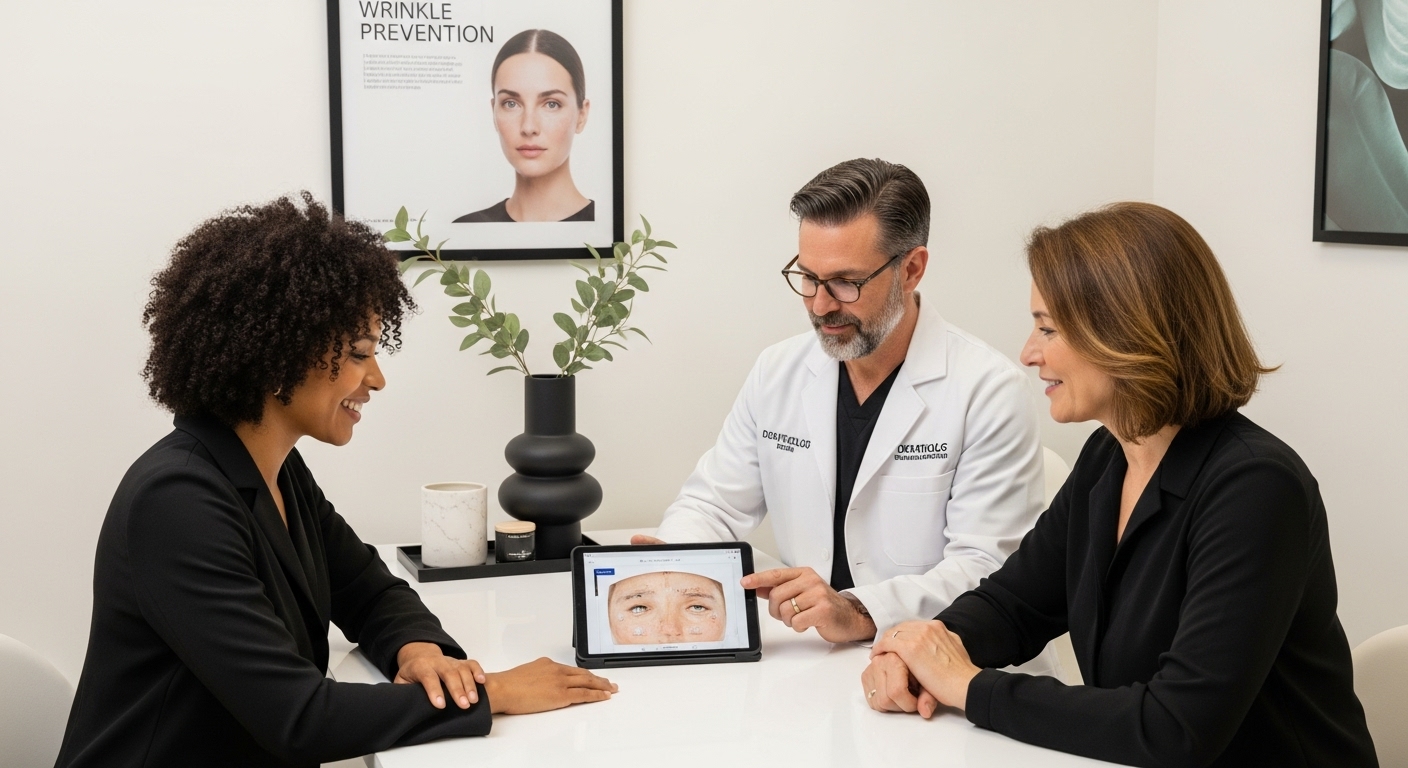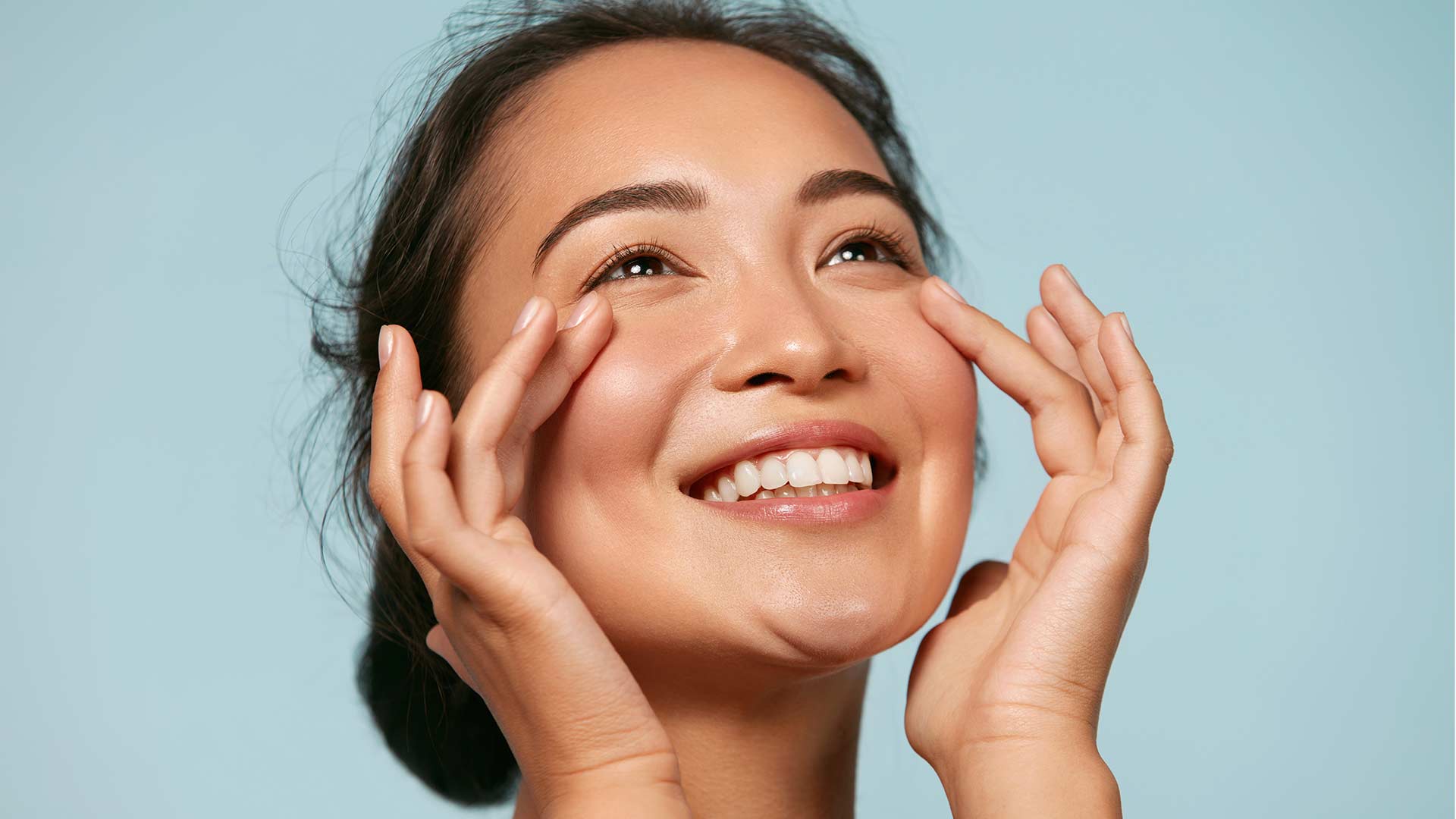Explore defining wrinkle prevention to understand its importance, key concepts, and practical applications for facial aesthetics.
Wrinkle prevention is grabbing attention for more than just cosmetic reasons. Research shows that environmental factors like sun exposure can account for up to 80 percent of visible skin aging. Surprising as it sounds, those expensive serums in your bathroom cabinet are only part of the story. True wrinkle prevention starts long before deep lines appear and it is a strategy that goes far beyond any single product.
Table of Contents
- What Is Wrinkle Prevention And How Does It Work?
- The Importance Of Wrinkle Prevention In Facial Aesthetics
- Factors Influencing Wrinkles And Skin Aging
- Key Concepts In Wrinkle Prevention And Treatment Options
- Real-World Applications And Trends In Wrinkle Prevention
Quick Summary
| Takeaway | Explanation |
|---|---|
| Understand intrinsic and extrinsic aging | Skin ages through internal biological processes and external environmental factors like UV exposure and pollution. |
| Adopt daily sunscreen use | Protecting skin from sun damage is crucial to prevent premature aging and maintain skin health. |
| Incorporate retinoids and antioxidants | Topical treatments with these ingredients stimulate skin regeneration and combat oxidative stress. |
| Maintain a balanced lifestyle | A healthy diet, hydration, and stress management can significantly impact skin vitality and aging. |
| Consider advanced treatments for deeper aging | Professional aesthetic procedures can effectively address more profound skin changes and enhance youthful appearance. |
What is Wrinkle Prevention and How Does It Work?
Wrinkle prevention represents a comprehensive approach to maintaining skin health and delaying visible signs of aging. This strategic process focuses on protecting and preserving skin’s structural integrity through targeted interventions that address both internal and external aging factors.
Understanding Skin Aging Mechanisms
Skin aging occurs through two primary pathways: intrinsic and extrinsic aging. Intrinsic aging relates to natural biological processes controlled by genetic factors and hormonal changes. Extrinsic aging stems from environmental exposures like ultraviolet radiation, pollution, lifestyle choices, and oxidative stress.
According to research from the National Institutes of Health, effective wrinkle prevention strategies target multiple physiological mechanisms:
- Stimulating collagen and elastin production
- Neutralizing free radical damage
- Protecting cellular repair mechanisms
- Maintaining optimal skin hydration
Key Prevention Strategies
Successful wrinkle prevention integrates scientific understanding with proactive skincare practices. This holistic approach involves:
- Topical Protection: Using scientifically formulated serums containing antioxidants, peptides, and retinoids
- Environmental Defense: Implementing comprehensive sun protection measures
- Lifestyle Modifications: Managing stress, maintaining balanced nutrition, and ensuring adequate hydration
By addressing wrinkle formation through multifaceted interventions, individuals can significantly slow visible skin aging and maintain a youthful, healthy complexion. The goal is not complete prevention but strategic management of the natural aging process.
The Importance of Wrinkle Prevention in Facial Aesthetics
Facial aesthetics represent more than superficial beauty. They encompass a nuanced understanding of skin health, aging processes, and personal confidence. Wrinkle prevention emerges as a critical strategy in maintaining not just physical appearance, but overall skin wellness and psychological well-being.
Psychological and Social Dimensions
Wrinkles significantly impact how individuals perceive themselves and are perceived by others. Facial appearance plays a crucial role in social interactions, professional environments, and personal self-esteem. By proactively addressing potential aging signs, individuals can maintain a sense of confidence and control over their aesthetic presentation.
According to research in the International Journal of Women’s Dermatology, early preventative interventions are foundational in aesthetic care. These strategies go beyond cosmetic concerns, addressing the intricate relationship between skin health and personal perception.
Clinical Significance of Prevention
Professional aesthetic practitioners recognize wrinkle prevention as a sophisticated approach to skin management. Key considerations include:
- Preserving skin’s natural elasticity and structural integrity
- Mitigating cumulative environmental damage
- Supporting long-term skin health and resilience
- Minimizing invasive corrective procedures in later years
For those interested in more detailed approaches, we offer additional insights into anti-wrinkle treatments that complement preventative strategies.
Ultimately, wrinkle prevention transcends mere cosmetic intervention. It represents a holistic commitment to maintaining skin health, personal confidence, and the graceful progression of natural aging. By understanding and implementing strategic preventative measures, individuals can embrace aging with sophistication and self-assurance.
Factors Influencing Wrinkles and Skin Aging
Wrinkle formation represents a complex interplay of biological, environmental, and lifestyle factors that progressively impact skin structure and appearance. Understanding these diverse influences empowers individuals to develop targeted prevention and mitigation strategies.
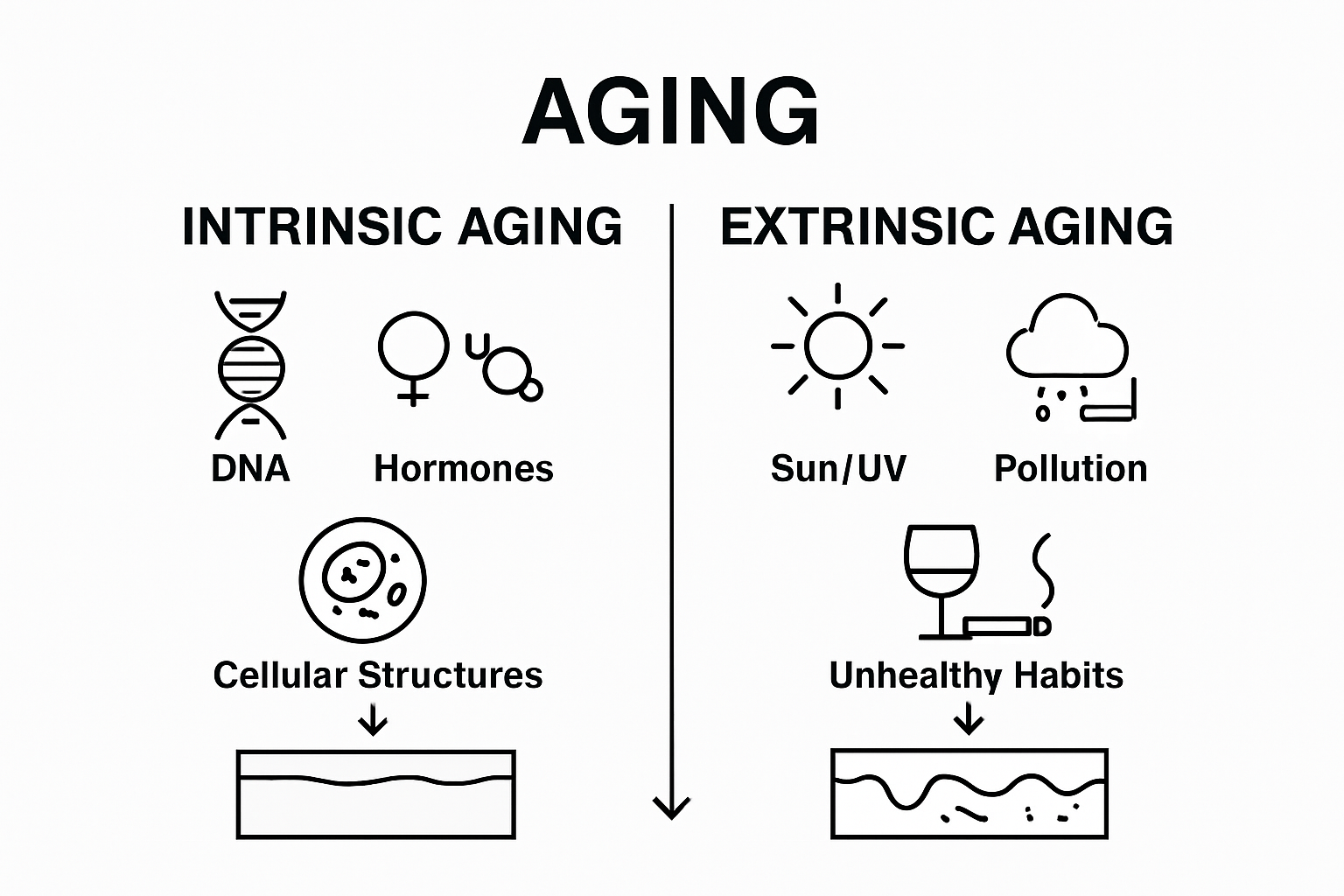
Intrinsic Aging Mechanisms
Intrinsic aging originates from internal biological processes that naturally occur within the body. These genetic and physiological factors fundamentally determine how skin ages and responds to environmental challenges. Key intrinsic elements include hormonal changes, cellular metabolism, and genetic predispositions that influence collagen production, skin elasticity, and repair mechanisms.
According to research from the International Journal of Molecular Sciences, molecular mechanisms driving skin aging involve:
- Reduced collagen and elastin synthesis
- Increased cellular oxidative stress
- Diminished cellular repair capabilities
- Progressive mitochondrial dysfunction
Environmental and Lifestyle Factors
Extrinsic aging emerges from external influences that accelerate skin deterioration. These modifiable factors significantly impact skin health and wrinkle development. Ultraviolet radiation stands as the most potent environmental contributor, causing direct cellular damage and triggering premature aging processes.
Critical external factors include:
- Prolonged sun exposure without protection
- Environmental pollution
- Chronic stress
- Inadequate nutrition
- Smoking and alcohol consumption
Interested in exploring advanced approaches to combat these aging factors? Learn more about our anti-wrinkle treatments designed to address comprehensive skin health.
By recognizing and strategically managing these intrinsic and extrinsic factors, individuals can develop proactive skincare approaches that slow visible aging and maintain skin vitality. The goal is not to halt aging but to age gracefully with informed, scientifically supported interventions.
The following table compares intrinsic and extrinsic aging by highlighting their core characteristics, causes, and effects on the skin.
| Type of Aging | Main Causes | Key Effects | Role in Wrinkle Formation |
|---|---|---|---|
| Intrinsic Aging | Genetics, natural hormonal changes | Reduced collagen, decreased elasticity, slow repair | Sets baseline pace for wrinkle development |
| Extrinsic Aging | UV exposure, pollution, lifestyle factors | Accelerated damage, increased oxidative stress | Can greatly accelerate wrinkle formation |
Key Concepts in Wrinkle Prevention and Treatment Options
Wrinkle prevention and treatment represent sophisticated strategies that blend scientific understanding with targeted aesthetic interventions. These approaches aim to address skin aging through comprehensive, personalized methodologies that consider individual skin characteristics and aging processes.
Topical Treatment Strategies
Topical treatments form the foundation of non invasive wrinkle prevention. These scientifically formulated products work by delivering active ingredients directly to the skin, targeting specific aging mechanisms. Key ingredients like retinoids, peptides, and antioxidants play crucial roles in supporting skin regeneration and protecting against environmental damage.
According to research from the Mayo Clinic, effective topical strategies include:
- Daily use of broad spectrum sunscreen
- Moisturizers containing vitamin C and niacinamide
- Retinol based products for cellular renewal
- Antioxidant serums to combat free radical damage
Advanced Clinical Interventions
Beyond topical treatments, professional aesthetic interventions offer more targeted approaches to wrinkle management. These procedures address deeper skin structural changes and provide more immediate visible results. Techniques range from minimally invasive treatments to precise injectable solutions designed to relax muscles and restore facial volume.
For those seeking comprehensive wrinkle management solutions, explore our detailed guide on treatment options tailored to individual skin needs.
Ultimately, successful wrinkle prevention demands a holistic approach. By combining scientifically validated topical treatments, professional aesthetic interventions, and lifestyle modifications, individuals can develop personalized strategies that support long term skin health and graceful aging.
This table summarizes common wrinkle prevention and treatment options, outlining the primary method, description, and targeted benefits for each approach.
| Method | Description | Targeted Benefits |
|---|---|---|
| Topical Sunscreen | Daily application of broad-spectrum sun protection | Prevents UV damage, slows premature aging |
| Retinoid-Based Skincare | Use of creams or serums with retinol or derivatives | Promotes cell renewal, stimulates collagen |
| Antioxidant Serums | Serums containing vitamin C, niacinamide, or similar compounds | Neutralizes free radicals, protects skin |
| Lifestyle Modifications | Balanced diet, hydration, stress management, avoiding smoking | Supports overall skin vitality and resilience |
| Advanced Clinical Procedures | Injectables, skin tightening, volumetric restoration | Addresses deeper wrinkles, restores volume |
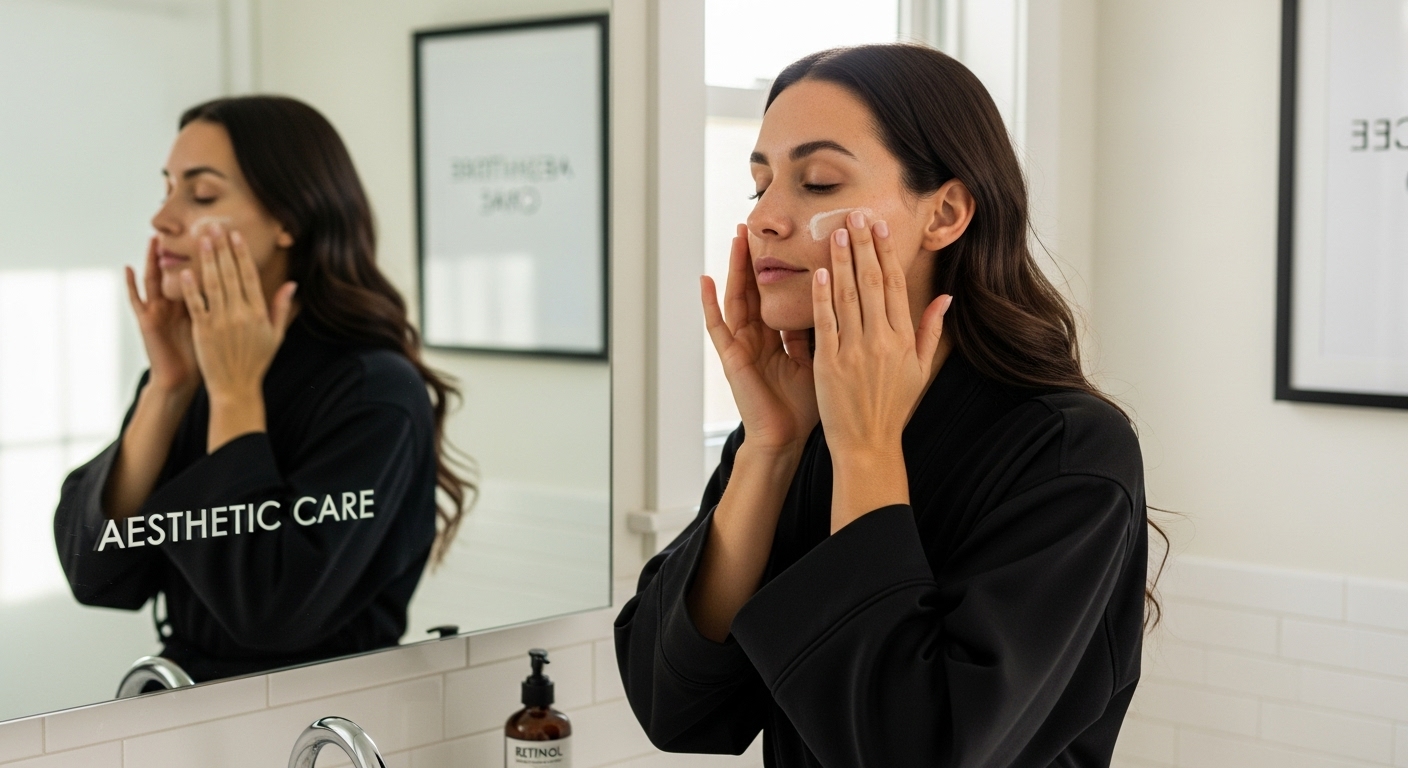
Real-World Applications and Trends in Wrinkle Prevention
Wrinkle prevention has evolved from traditional skincare approaches to sophisticated, scientifically driven interventions that combine cutting-edge technology with personalized aesthetic strategies. Modern applications reflect a holistic understanding of skin aging, emphasizing prevention, restoration, and individualized treatment methodologies.
Innovative Clinical Approaches
Technological advancements have transformed wrinkle prevention, introducing precise, minimally invasive techniques that address skin aging at molecular and structural levels. These approaches move beyond surface level treatments, targeting underlying cellular mechanisms responsible for skin deterioration.
According to research in the Journal of Cosmetic Dermatology, clinical studies demonstrate significant improvements in skin quality through advanced treatment protocols:
- Targeted cellular regeneration techniques
- Precision polymer-based skin tightening
- Personalized combination therapies
- Non invasive volumetric restoration
Emerging Consumer Trends
The contemporary approach to wrinkle prevention emphasizes education, prevention, and personalized care. Consumers increasingly seek comprehensive solutions that integrate scientific understanding with holistic lifestyle considerations. Preventative skincare has shifted from reactive treatments to proactive, long-term skin health management.
To explore our comprehensive range of aesthetic solutions, view our treatment gallery showcasing our advanced approach to skin rejuvenation.
The future of wrinkle prevention lies in understanding individual skin characteristics, leveraging technological innovations, and adopting a comprehensive approach that considers genetic, environmental, and lifestyle factors. By embracing these sophisticated strategies, individuals can effectively manage skin aging and maintain a youthful, healthy appearance.
Start Your Journey to Timeless Skin at Monaz Clinic
Are you tired of seeing early signs of aging affect your confidence or wondering if your current routine is enough to truly prevent wrinkles? The article “Understanding Defining Wrinkle Prevention for Aesthetic Care” emphasizes that successful wrinkle prevention requires more than just surface solutions and highlights the importance of scientific, personalized care. Many women struggle to balance effective topical treatments, clinical interventions, and lifestyle choices, all while hoping for natural, lasting results. At Monaz Clinic, our approach is designed specifically to address these concerns and help you achieve the youthful, radiant skin you deserve.
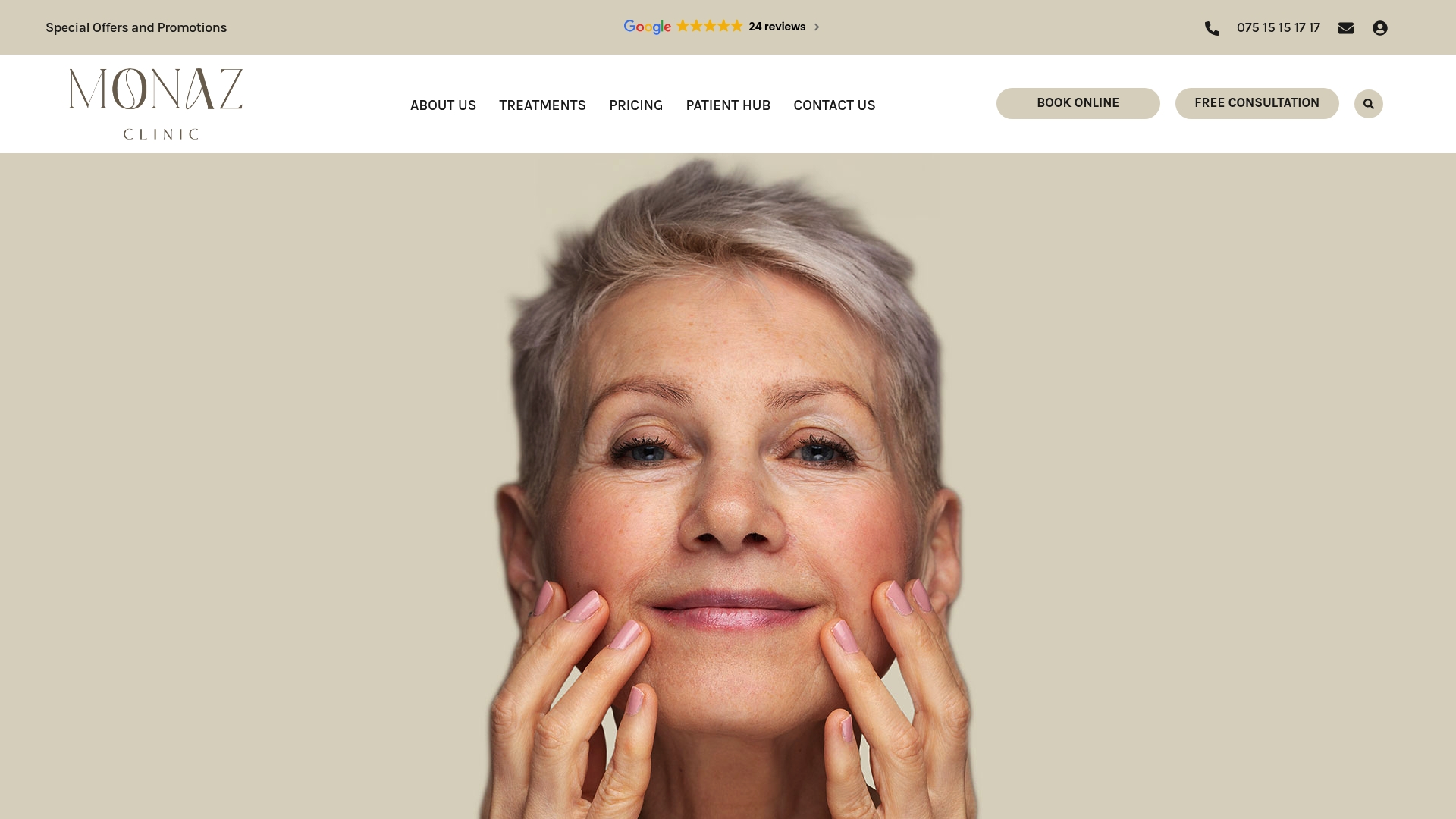
Take control of your skin’s future today by exploring how our non-surgical cosmetic treatments can provide the medical expertise and one-on-one personalized care highlighted in this article. See real outcomes in our treatment gallery and read about the science behind our anti-wrinkle solutions. Every journey begins with a complimentary, pressure-free consultation at Monaz Clinic. Let us reveal your best self starting now.
Frequently Asked Questions
What is wrinkle prevention?
Wrinkle prevention refers to a comprehensive approach to maintaining skin health and delaying visible signs of aging through protective measures that address both intrinsic and extrinsic aging factors.
How does intrinsic aging contribute to wrinkles?
Intrinsic aging is influenced by genetic factors and hormonal changes, leading to reduced collagen and elastin production, decreased cellular repair, and overall skin elasticity losses.
What are some effective strategies for wrinkle prevention?
Effective wrinkle prevention strategies include using topical products with antioxidants and retinoids, applying broad-spectrum sunscreen, maintaining a balanced diet, managing stress, and staying hydrated.
How do lifestyle factors affect the formation of wrinkles?
Lifestyle factors such as sun exposure without protection, smoking, poor nutrition, and high-stress levels can accelerate the aging process and contribute to premature wrinkle formation.
